Retro Replay Review
Gameplay
Ghostbusters II offers a straightforward yet engaging top-down action experience that captures the spirit of the film’s ghost-chasing antics. Players begin by selecting two of the four Ghostbusters—Egon, Ray, Peter, or Winston—to form their active duo. The first character carries the proton pack to stun ghosts, while the second wields the trap to capture them. This two-character system adds a layer of strategy, as positioning and timing become crucial to clearing each stage efficiently.
(HEY YOU!! We hope you enjoy! We try not to run ads. So basically, this is a very expensive hobby running this site. Please consider joining us for updates, forums, and more. Network w/ us to make some cash or friends while retro gaming, and you can win some free retro games for posting. Okay, carry on 👍)
The core loop revolves around navigating varied environments—courtrooms, sewers, apartments, underground tunnels, and the art museum—while hunting a quota of ghosts before the timer runs out. Movement is limited to the cardinal directions, and players must alternate between stunning and trapping, making every encounter a small puzzle. Occasional power-ups from the off-duty Ghostbusters and Louis the accountant introduce vacuum guns, instant traps, and temporary invulnerability, breaking up the routine and rewarding exploration.
Despite its simplicity, Ghostbusters II balances challenge and accessibility. Early levels ease players into the mechanics, but later stages demand precise coordination between stunning and trapping, especially under tight time constraints. The absence of character-specific abilities means that success hinges on mastering the basic tools rather than grinding to unlock new powers, which keeps the learning curve consistent throughout the game.
Cooperative play—or AI swapping with Louis—further spices up the action. While only one Ghostbuster is directly controlled at a time, the occasional appearance of teammates serves as a mobile pick-up for power-ups and adds dynamism to each encounter. This mechanic ensures that players remain alert, even when not actively wrestling a specter.
Overall, the gameplay in Ghostbusters II stands out for its blend of tactical ghostbusting and simple controls. The satisfaction of clearing a crowded room of specters before the clock expires is palpable, making each level feel like a mini-mission with clear objectives and immediate feedback.
Graphics
Visually, Ghostbusters II embraces the limitations of its era while delivering charming and readable sprites. The top-down perspective provides clear views of narrow corridors and open halls, with each environment distinctly designed to match its setting—from the grime of the sewers to the polished floors of the art museum. Background tiles are varied enough to prevent monotony, yet simple enough not to distract from the action.
Ghost sprites range from wiggling ectoplasmic blobs to more elaborate, movie-inspired designs. While detail is modest, each ghost is easily identifiable and reacts predictably when hit by a proton stream or trap. Animations are minimal but effective: the stun flash on a ghost is instantly recognizable, and the trap snare has a satisfying pulling motion that reinforces the capture.
Character sprites for the Ghostbusters themselves are rendered in bold color palettes, ensuring they stand out against the darker backgrounds. Proton streams and trap tosses are depicted with bright, contrasting hues that pop on-screen, making it easy to track shots even in chaotic scenes. Occasional flicker during heavy on-screen action is rare and doesn’t impede gameplay.
Environmental effects, such as dripping sewer water or subtle shifting of museum exhibits, add a layer of atmosphere without taxing the hardware. The art museum’s chandeliers cast moving shadows, and courtroom pillars create columns of cover that influence movement paths. Though simplistic by today’s standards, these touches contribute to a coherent world where each stage feels unique yet part of a unified New York City.
In sum, the graphics of Ghostbusters II strike a fine balance between functionality and aesthetic charm. They support the gameplay by prioritizing clarity, while still nodding to the source material with recognizable locations and ghost designs.
Story
Loosely adapted from the 1989 film sequel, Ghostbusters II’s narrative centers on the malevolent Vigo the Carpathian resurfacing in New York City. The twist—Vigo’s kidnapping of Dana Barrett’s baby—places a personal stake in the Ghostbusters’ mission, transforming routine specter-busting into a heroic rescue operation. Though the plot is conveyed primarily through brief text screens and stage introductions, it provides enough context to drive the action across five varied levels.
Each level’s setting aligns with the film’s themes, from the bureaucratic courtrooms that echo the franchise’s satirical take on red tape to the haunted art museum where Vigo’s portrait looms large. The story unfolds through environmental cues—spectral infestations worsen as you descend into the sewers, and paranormal activity peaks in the museum’s grand hall. These design choices reinforce the sense of urgency and progression inherent in the narrative.
Character interactions are minimal, with no voiced dialogue or cutscenes beyond static images. However, short text pop-ups from Louis or the Ghostbusters themselves inject humor and personality into the proceedings. Ray’s quips about “manhattans running on Ecto-juice” or Egon’s deadpan remarks about containment protocols help fans feel connected to the team, even in the absence of full-motion cinematics.
While the story may not reach the emotional depth of the film, it succeeds in framing each mission as part of an overarching race against time. The climax in the art museum, where Vigo’s power is at its peak, captures the cinematic spectacle fans expect, and the final rescue of Dana’s baby offers a satisfying payoff. For those seeking a narrative-driven arcade title, Ghostbusters II delivers a concise but serviceable plot that complements its action.
Ultimately, the storyline in Ghostbusters II functions as a sturdy backbone for the gameplay. Its faithfulness to key movie moments ensures that fans will appreciate the references, while newcomers will find a clear, goal-oriented structure to guide them through the levels.
Overall Experience
Ghostbusters II stands out as a solid action-arcade title that blends film nostalgia with accessible mechanics. The dual-character control scheme creates a unique twist on the standard top-down shooter, requiring players to coordinate stunning and trapping in equal measure. This dynamic keeps the action engaging across five distinct stages, each with its own hazards and ghostly foes.
The game’s pacing is well-tuned: early levels serve as a practical tutorial, while later stages ratchet up the difficulty with tighter time limits and denser ghost populations. The occasional appearance of Louis the accountant as a power-up dispenser offers moments of relief, ensuring that no two runs feel entirely rote. Replayability is high, as players will want to perfect their routes and improve ghost-capture efficiency.
Audio design, though limited to simple bleeps and blips, effectively conveys the zap of the proton gun and the click of the trap. A handful of looping background tracks add mood without becoming overly repetitive. Combined with the responsive controls and clear on-screen feedback, the game’s sensory package remains coherent and serviceable.
For retro enthusiasts and Ghostbusters fans alike, this title delivers a faithful adaptation of the franchise’s trademark humor and supernatural thrills. Its brevity—five levels in total—means it won’t overstay its welcome, yet each run offers enough challenge to keep players coming back. Modern gamers accustomed to deeper narratives and advanced graphics may find it quaint, but its tight design and nostalgic charm remain compelling.
In conclusion, Ghostbusters II is a commendable licensed game that balances challenge, style, and fan service. Its straightforward objectives and engaging dual-character mechanics make it an enjoyable pick for those seeking fast-paced, ghost-busting fun with a dash of cinematic flair.
 Retro Replay Retro Replay gaming reviews, news, emulation, geek stuff and more!
Retro Replay Retro Replay gaming reviews, news, emulation, geek stuff and more!
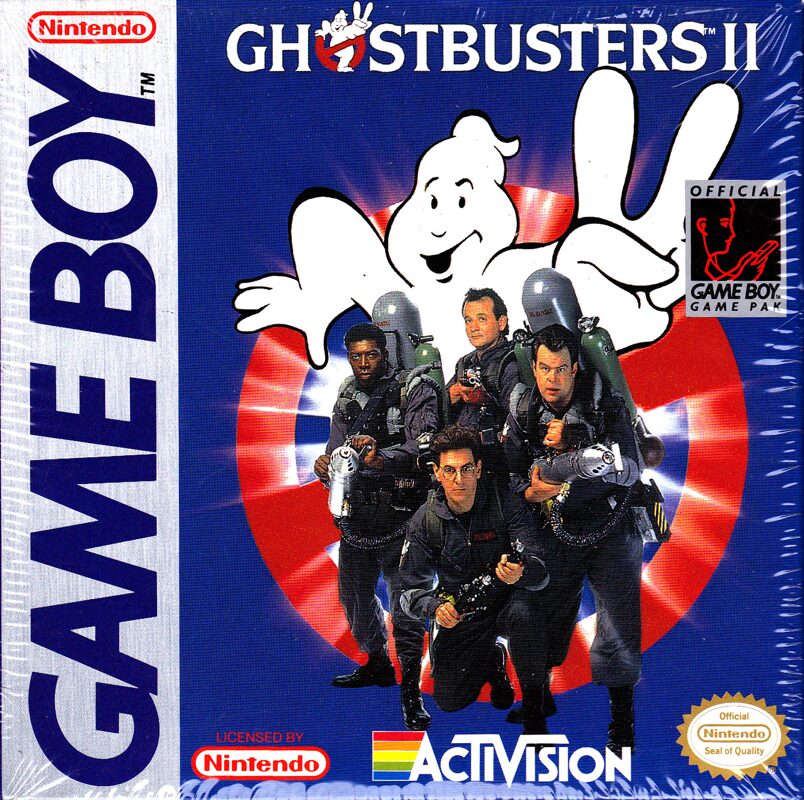
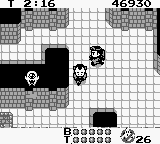
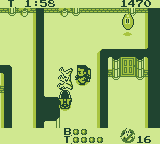
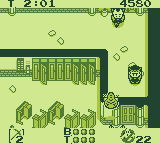

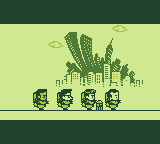



Reviews
There are no reviews yet.